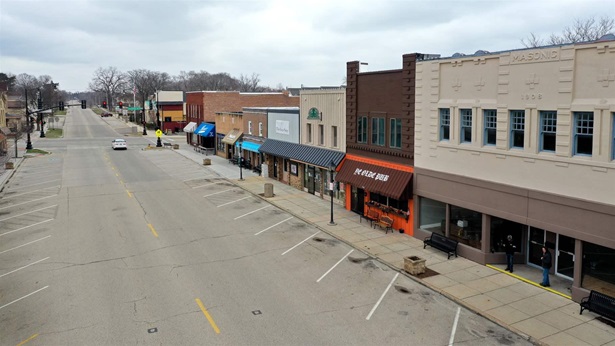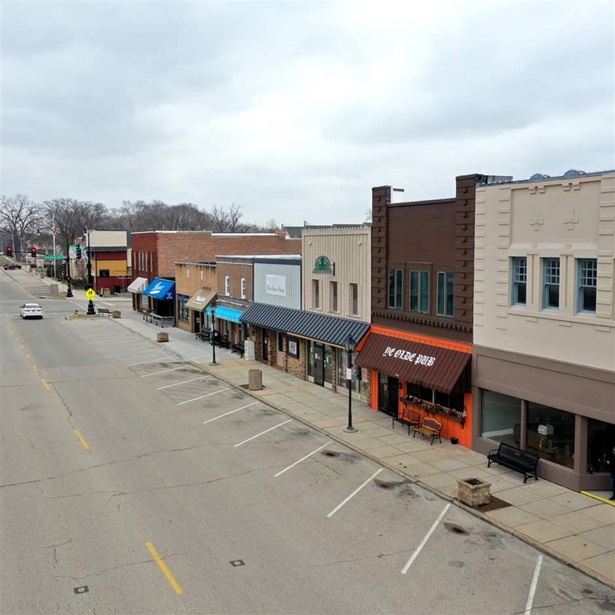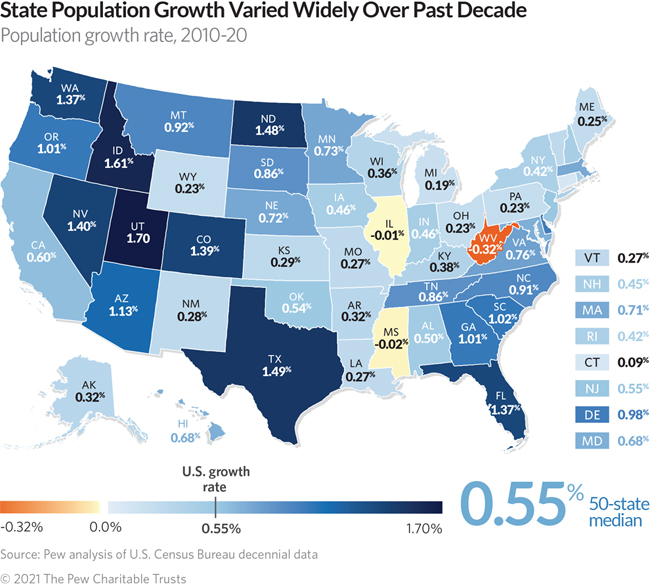Population Growth Sputters in Midwestern, Eastern States
Note: This data has been updated. To see the most recent data and analysis, visit Fiscal 50.
Over the past decade, population nationally grew at its slowest rate since the Great Depression, though only three states—Illinois, Mississippi, and West Virginia—lost residents. The slowdown was especially pronounced in the Northeast and Midwest, while the South and West were home to the fastest-growing states. Population trends are tied to states’ economies and government finances and are therefore useful for understanding both.
Results from the once-a-decade official count released this year show that growth was slower in the 2010s than in the 2000s in 38 states—and eight states experienced their most sluggish decade of growth ever.
Regional patterns followed historical trends. Nine of the 15 states with the slowest population growth were in the Northeast and Midwest, while 13 of the 15 states with the fastest population growth were in the South and West. For a half-century, people have gravitated toward Sun Belt states because of employment opportunities, lower costs of living, and warmer climates.
Among the three states that lost residents during the 2010s, West Virginia shrunk the fastest with a population drop equivalent to 0.32% a year, ending 2020 with approximately 60,000 fewer people than in 2010. Mississippi lost only about 6,000 people, or 0.02% a year, while Illinois’s population decreased by more than 18,000, or 0.01% a year. Mississippi lost fewer people but trailed Illinois based on its 10-year growth rate, which measures the constant pace that population would have had to change each year since 2010 to reach its latest count.
A shrinking or slow-growing populace can be both a cause and an effect of weakened economic prospects. The states with long-term population declines all fell near the bottom of economic growth over the 12-year recovery from the Great Recession. Less economic activity can limit state revenue collections. Though a smaller population can lead to a reduction in some types of spending, it also means there are fewer residents to help cover the costs of long-standing commitments, such as debt and state employee retirement benefits.
The fastest-growing states were predominantly in the West and South. Top-ranked Utah gained more than half a million people since 2010, or the equivalent of 1.7% a year, and second-place Idaho grew by more than 271,000, or 1.61% a year. Although Texas added even more people—almost 4 million—its growth rate was slower, at 1.49%. Each of these states grew at about three times the 50-state median rate of 0.55% a year and was among the top performers in long-term economic growth. States with fast-growing populations typically have strong labor force growth, which fuels economic activity and helps generate tax revenue to fund any increased spending on infrastructure, education, and other government services.
State populations grow or shrink depending on the net effect of births, deaths, and migration to and from other states and abroad, including documented and undocumented people. Population change measures the difference between all new residents—babies and newcomers from other states and outside the U.S.—and those who died or moved away.
The decennial census is an official count of the population that the U.S. Constitution requires every 10 years. The formal tally is used to guide funding distributions for more than 300 federal programs, and to determine the number of U.S. House of Representatives seats in each state.
The count captures population totals as of April 1, 2020, and reflects only the first few weeks of the COVID-19 pandemic that began slamming the United States in March 2020.
Looking forward, demographers will carefully study the pandemic in anticipation of a wide range of potential short- and long-term impacts on population trends and distribution. For example, life expectancy and the ratio of births to deaths may fluctuate because of the pandemic’s direct impact on human health, international migration may continue to be depressed, and the wider adoption of remote work may affect individuals’ decisions about where to live.
State highlights
A comparison of 10-year population trends, based on each state’s constant annual growth rate between April 2010 and April 2020, shows:
- Apart from states with declines—West Virginia, Mississippi, and Illinois—the slowest population growth rates were recorded in Connecticut (0.09%); Michigan (0.19%); and Ohio, Wyoming, and Pennsylvania (0.23% each).
- States experiencing their slowest decade of growth ever were Illinois, Connecticut, and six others: Missouri (0.27%), Wisconsin (0.36%), California (0.60%), Hawaii (0.68%), Arizona (1.13%), and Florida (1.37%).
- After Utah, Idaho, and Texas, the next fastest-growing states over the past decade were North Dakota (1.48%), Nevada (1.40%), Colorado (1.39%), and Washington and Florida (both 1.37%).
- Growth was faster in the 2010s than in the 2000s in only 12 states: Iowa, Louisiana, Massachusetts, Michigan, Nebraska, New Jersey, New York, North Dakota, Ohio, Rhode Island, South Dakota, and Washington.
- States whose economies rely on volatile energy-producing industries saw some of the sharpest changes in growth rates between the 2000s and 2010s. North Dakota’s rank improved the most from the 2000s, climbing to be the fourth-fastest-growing state from 36th, while Wyoming, New Mexico, and Alaska experienced the three largest drops in rankings.
- Between 2010 and 2020, total population in 50 states grew the equivalent of 0.71 a year, the slowest rate since the 1930s.
Year-by-year trends
Besides the once-a-decade count of U.S. residents, the Census Bureau also produces annual estimates of population, which can reveal the trajectories and inflection points in state population growth between the more accurate decennial census counts. Looking at year-by-year changes can help differentiate states with similar 10-year trends. These calculations reflect percent changes and should not be confused with the 10-year constant annual growth rates shown in 50-state charts. Annual population estimates for 2010 through 2020 show:
- North Dakota—the fourth-fastest-growing state over the decade (1.48%)—was the exception in the slow-growing Midwest as its oil boom attracted out-of-state workers. However, after leading the nation in annual growth from 2012 to 2015, its expansion was significantly slower in the past five years following a drop in oil prices.
- Michigan was the only state that in the 2010s reversed its 10-year downward trend from the previous decade. After experiencing heavy population losses during and immediately after the Great Recession, Michigan gained residents each year between 2010 and 2018. More recently though, the state recorded declines again as more people moved out than in.
- West Virginia, Mississippi, and Illinois all had negative 10-year growth rates. But West Virginia’s population loss—though the greatest over the decade—slowed in the last three years, while Mississippi and Illinois have consistently trended downwards, hitting their lowest points in 2020.
- Estimates indicate that the rate of population change has been slowing almost every year between 2010 and 2020.
Why population change matters to state finances
Population trends are tied to states’ economic fortunes and government finances. More people usually means more workers and consumers adding to economic activity as they take jobs and buy goods and services, which generates more tax revenue. A growing economy, in turn, can attract even more workers and their families. The reverse is usually true for states with shrinking or slow-growing populaces.
State officials study population trends, in addition to other measures, to forecast revenue streams and residents’ demands for services for budgeting purposes and long-term fiscal planning. The size of a state’s population, and annual changes, also factor into how much it will receive from some federal grants.
Some states have started to experiment with policy options to combat sluggish population growth. Maine, for example, is offering a tax incentive for college graduates to relocate there, while West Virginia is offering a financial incentive to attract new remote workers. Future demographic changes increasingly are on state policymakers’ radar, as the U.S. Census Bureau forecasts that population growth will remain tepid. Along with the pandemic’s potential impacts, growth is expected to continue to slow because of declines in fertility rates alongside higher death rates with the aging of the Baby Boomer generation, and falling rates of international migration.
Population is just one factor underpinning a state’s finances, which also are shaped by policy decisions on tax collections and spending as well as factors outside a state’s borders and lawmakers’ control, such as commodity prices. To further understand the fiscal and economic impact of population change, fiscal analysts and demographers also study the shifting age and income mix of a state’s residents.
Download the data to see individual state trends from 2010 to 2020. Visit The Pew Charitable Trusts’ interactive resource Fiscal 50: State Trends and Analysis to sort and analyze data for other indicators of state fiscal health.
Analysis by Barb Rosewicz, Melissa Maynard, and Alexandre Fall


America’s Overdose Crisis
Sign up for our five-email course explaining the overdose crisis in America, the state of treatment access, and ways to improve care
Sign up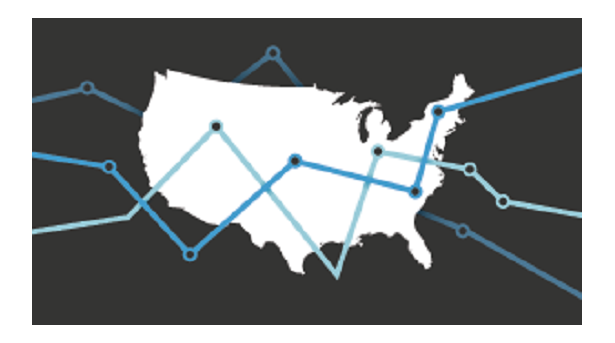
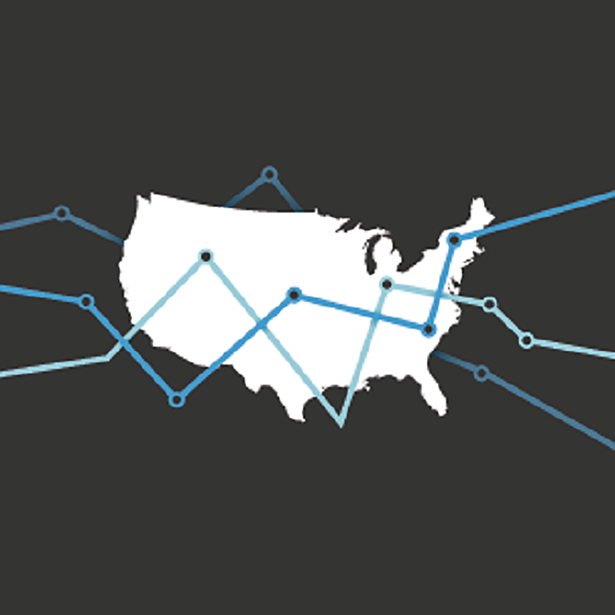
Fiscal 50: State Trends and Analysis
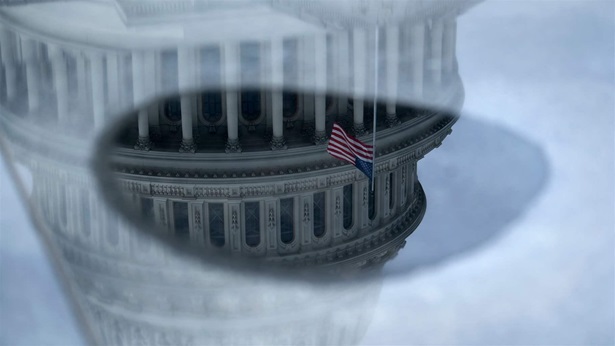
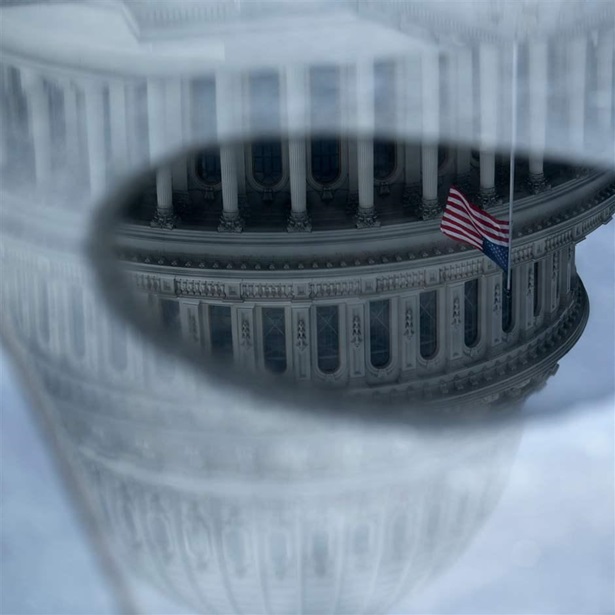
Economic Downturns: Protecting State and Local Budgets
